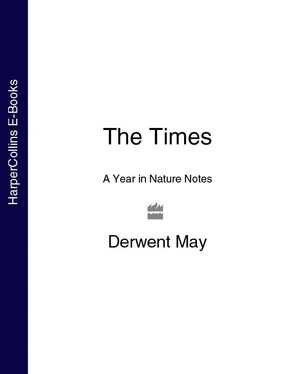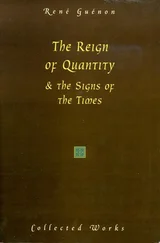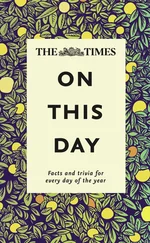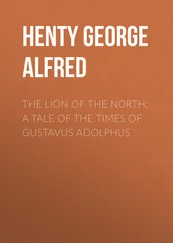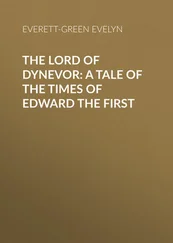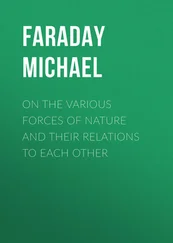In the woods dog’s mercury is coming up everywhere through the leaf litter in spite of the return of cold weather, and the dry woodland floor is starting to look greener. Some dog’s mercury plants already have little green flowers.
16th February 
BY NOW, ALDER trees at the edge of rivers have catkins that are changing from hard little sausages to soft, loose-hanging lengths like coloured curtain cord. As they grow longer, and the pollen swells in them, the catkins become a mottled crimson and yellow. Also in the alder branches there are many small black cones. The seed has mostly fallen out of them by now, but siskins, goldfinches and lesser redpolls are teasing out any remaining seeds with their well-adapted narrow beaks.
Ivy is still providing food for birds. The large black berries go on ripening until it is almost spring, and blackbirds sit in the middle of the thick creeper gobbling them up.
Out in the fields, a loud, whistling ‘whee-oo’ rings across the springing corn from fieldside trees. This is the sound of a courting little owl. Little owls, which are natives of the Continent, were introduced here in the 19th century and are now found all over Britain except in the north of Scotland. They are about in the daytime far more than tawny owls. They bob up and down on a low branch or field gate as they scrutinise the ground for prey.
BLACKBIRDS ARE NOW singing at dawn and dusk as they start to settle down in their spring territories. Even if the weather remains cold, the lengthening hours of daylight continue to bring birds closer to breeding condition. The blackbirds may abandon their territories temporarily to find food when it is hard to come by, but they will return and will sing for longer periods each day as the spring progresses. Their fluting notes sometimes drift across from a low branch of a tree, sometimes float down from a roof or chimney pot.
Some butterflies have survived the winter in hibernation. Small tortoiseshells and peacock butterflies have been sleeping in the shadows in dark sheds and other cavities, with their bright wings closed and only the dusky undersides showing.
Brimstone butterflies sleep on ivy, where their veined, closed wings can be taken for greenish-yellow leaves: they will soon be on the wing.
18th February 
BARREN STRAWBERRY FLOWERS are opening at the edge of footpaths. They are similar to the flowers of the true wild strawberry, but they have distinct gaps between the white petals, while the ring of wild strawberry petals all touch each other. Both plants grow very low on the ground, often in the same places, but the wild strawberries will not flower until March or April. The fruit of the barren strawberry is small and dry and greenish in colour, and cannot be confused with the sweet, red berries of the wild strawberry. Cinquefoil, which belongs to the same family, also sometimes grows nearby, and the creeping leaves are already out.
Song thrushes are singing regularly now in the treetops, especially in the early morning and at dusk. Their songs grow richer and more varied as they use their voices more. When no one is about, they will come out onto lawns and listen with head cocked for worms under the grass.
19th February 
THISTLES ARE BENT and broken, and their fluffy seeds are lying waterlogged on the ground around them. Goldfinches, which sat on the thistleheads to pluck out the seeds when they were still standing, are now coming down to the ground to pick them up. Their gold-barred wings flash as they dart nervously away with a silvery twitter, but they soon return. Greenfinches are also coming down to the ground at woodland edges to feed on fallen burdock seeds, which they greatly like. Where early dandelions have flowered, both finches will take the seeds from the dandelion clocks.
The new spring flowers on roadside verges are the lesser celandines. On south-facing hedge banks that catch the midday sun, many of them are fully open: they normally have eight or nine glossy yellow petals of rather irregular shape, but flowers with as few as six or as many as twelve petals can be found. In shadowy ditches the greyish-yellow buds on their long thin stalks are still waiting to unfold.
20th February 
WEEPING WILLOWS ARE beginning to put out fresh green leaves, only two or three months after losing last year’s leaves, which still lie like small purple fish on the ground or in the water beneath them. On Lombardy poplars – the tall, slender poplars that line French roads, and also stand along many field edges in Britain – the flower buds are opening, and crimson catkins are coming out of them. These catkins are all male flowers, for the Lombardy poplar is normally without female flowers, and multiplies by putting out shoots. It is missing from the index of some tree identification books, since it is only a variety of the black poplar.
Starlings are changing colour for the summer: they are becoming less spotty, and more black and glossy, while their beaks are turning a brighter yellow. The male’s song is also getting richer, with occasional musical phrases breaking out among the usual whirring, whistling and clacking. He will sometimes sit close to a hole in a tree or a hollow under the tiles, singing to keep other starlings out of this desirable spring nesting place. Starlings that came here from the Continent for the winter are starting to turn homeward.
 21st February
21st February 
THE PLUMAGE OF mute swan cygnets is steadily turning from coffee-brown to white. Until recently they have been swimming with a dutiful air in a small flotilla behind their parents, but since before Christmas they have been able to fly and they are now becoming independent. The adult swans are taking up their own spring territories and turning hostile to the cygnets. Male swans can be seen swimming along the river with their wings arched above them in an aggressive posture. When they are doing this, they look from behind like a giant white meringue. There is usually another swan in their sights further along the river, and if it is a young one, it may clamber up onto the bank and move away from the water in order to feel safer.
Moorhens are also defending their territories, and loud squawking notes and splashing sounds come from the reeds as the males quarrel with each other. Like their cousins the coots, they sometimes fight quite viciously. They are early nesters, and most of them will soon be building their reedy nests in waterside vegetation or right out in the middle of the water. Here and there, very early downy chicks have already been seen swimming with their parents.
SEVERAL GREAT WHITE egrets have been seen on marshes in the country recently. They have probably come over from the Dutch reedbeds. Their smaller relative, the little egret, has been breeding in Britain for several years, and is now becoming a familiar sight. It is a dainty, pure white heron and in summer has long white plumes on its breast. The great white egret is found in most parts of the world but, by contrast, is a very uncommon visitor here. It is a large, slow-flying bird, the size of our own heron. It too is pure white, but whereas the little egret has a black beak, the larger bird has a long yellow beak, and in the summer has flowing plumes on its back. When great white egrets are standing fishing, they also have a dramatic-looking kink in their long neck.
Читать дальше
